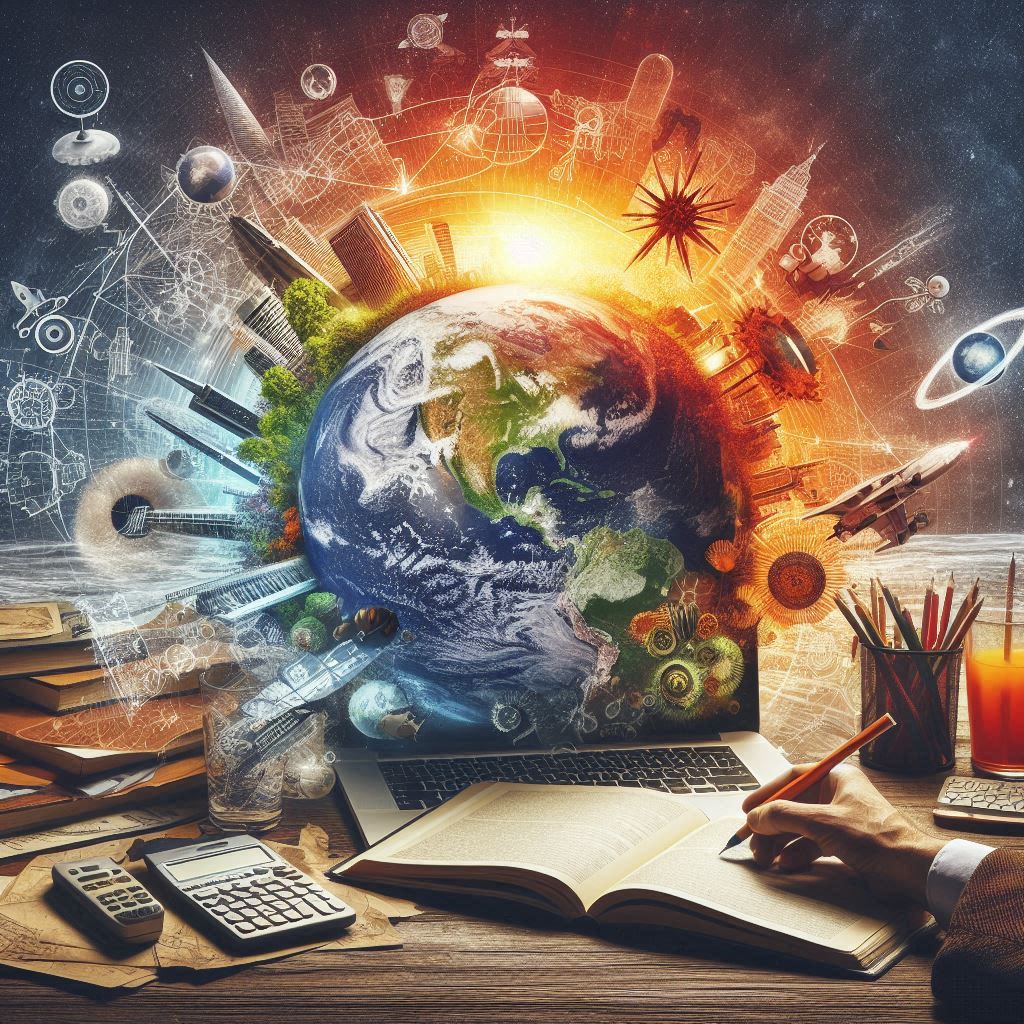Energy Flow
The sun is the principal source of energy input to biological systems. Light energy from the sun is converted into chemical energy by plants.
Food Chains
- A food chain shows the transfer of energy from one organism to the next, beginning with a producer
- A trophic level is the position of an organism in a food chain, food web, pyramid of numbers or pyramid of biomass
Energy is transferred between organisms in a food chain by ingestion, but only 10% of the energy is transferred. The remaining 90% is lost:
- By an organism for its growth and metabolism, before it is consumed
- Some energy is present in inedible parts of the organism that is being consumed
Food chains usually do not exceed 5 trophic levels as there is not enough energy to support another trophic level.
In addition, it is more efficient for a human to eat a food source from a producer (like grains) than from a consumer after feeding on that food source (like chickens). This is because, a human will consume more energy from eating grains than the chickens. Note:
- Energy is not recycled in an ecosystem as it is lost as heat/infrared radiation to the atmosphere
- Nutrients are recycled
Producer → 1st Consumer → 2nd Consumer → 3rd Consumer → 4th Consumer
- The arrows in a food chain shows the flow of energy
- If an organism from a food chain dies out, it can affect the entire food chain, and all organisms can die out. This is unlikely because there are always food webs in an ecosystem, and not just simple food chains.
Food Webs
- A food web is a network of interconnected food chains
- A producer is an organism that makes its own organic nutrients, usually using energy from sunlight, through photosynthesis
- A consumer is an organism that gets its energy by feeding on other organisms (they may be classed as primary, secondary, tertiary based on their position in a food chain)
- A herbivore is an animal that gets its energy by eating plants
- A carnivore is an animal that gets its energy by eating other animals
- A decomposer is an organism that gets its energy from dead or waste organic material
Disruption of food webs:
- If an organism is over-harvested, other organism dependent on that organism would decrease and this could carry on, disrupting the food web. If this organism can completely kill the food web and make it fall apart, it is known as a keystone species
- Invasive species, if added to a food web, can create competition with alike organisms. In addition, it can fluctuate the food web by consuming all of some type of creatures, if introduced in a large number
Pyramids of Number and Biomass
Nutrient Cycles
Water Cycle

Nitrogen Cycle

Carbon Cycle

Factors affecting the amount of CO2 in the atmosphere:
- Deforestation: plants aren’t there to absorb CO2 anymore, so CO2 amount increases
- Combustion of Fossil Fuels: this releases an enormous amount of CO2, further increasing the amount
Effects of rising CO2 amounts:
- Greenhouse Effect: CO2 along with CH4 and water vapour, trap heat in the atmosphere
- Global Warming: which can lead to rising sea levels, melting glaciers, and increase in world temperatures






